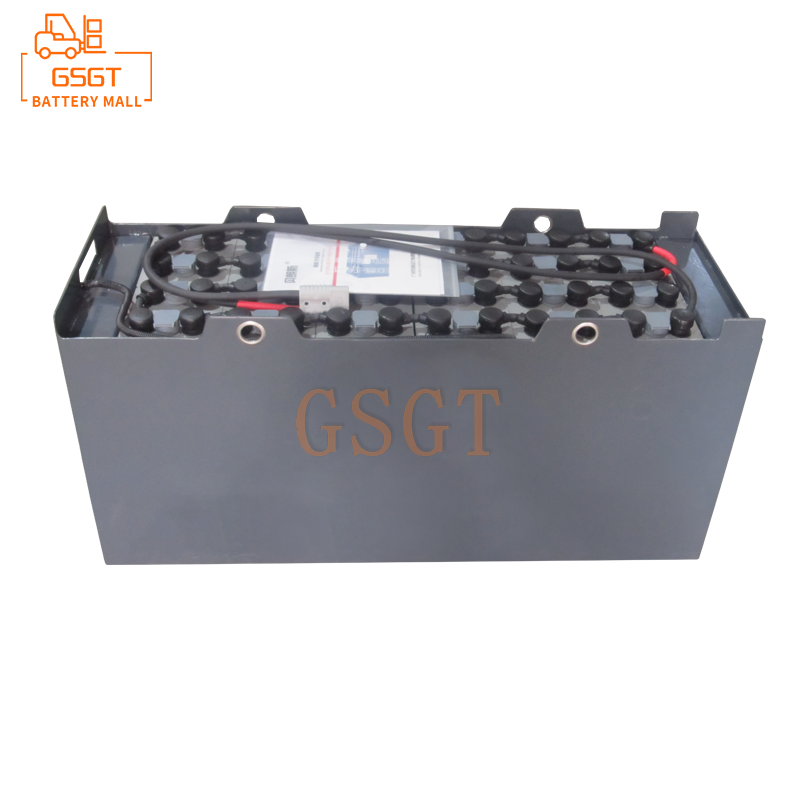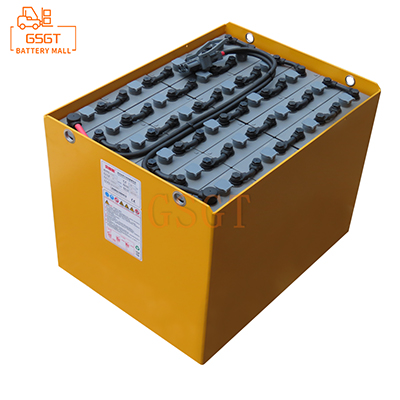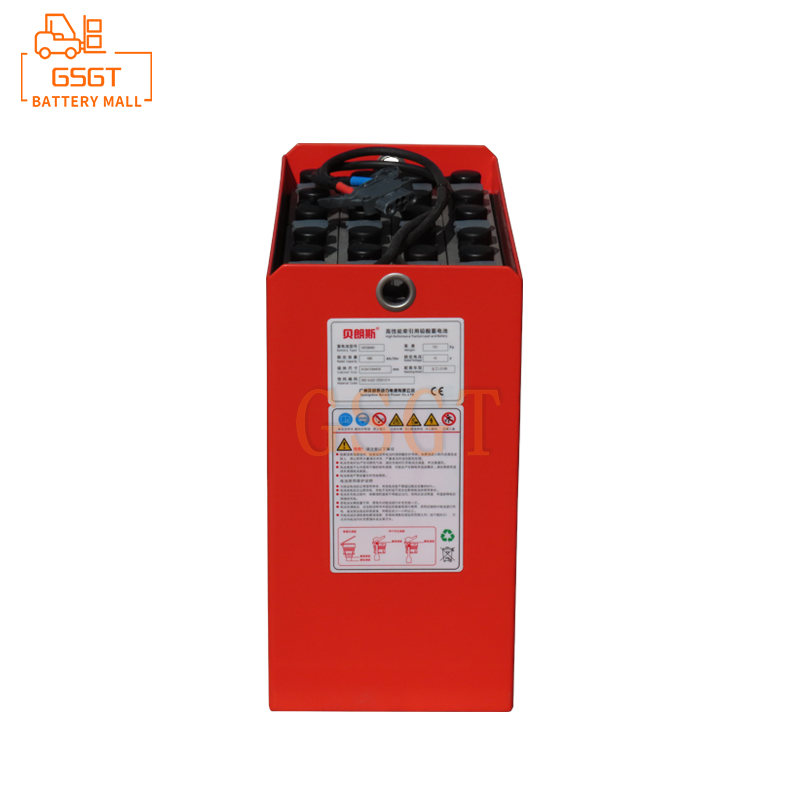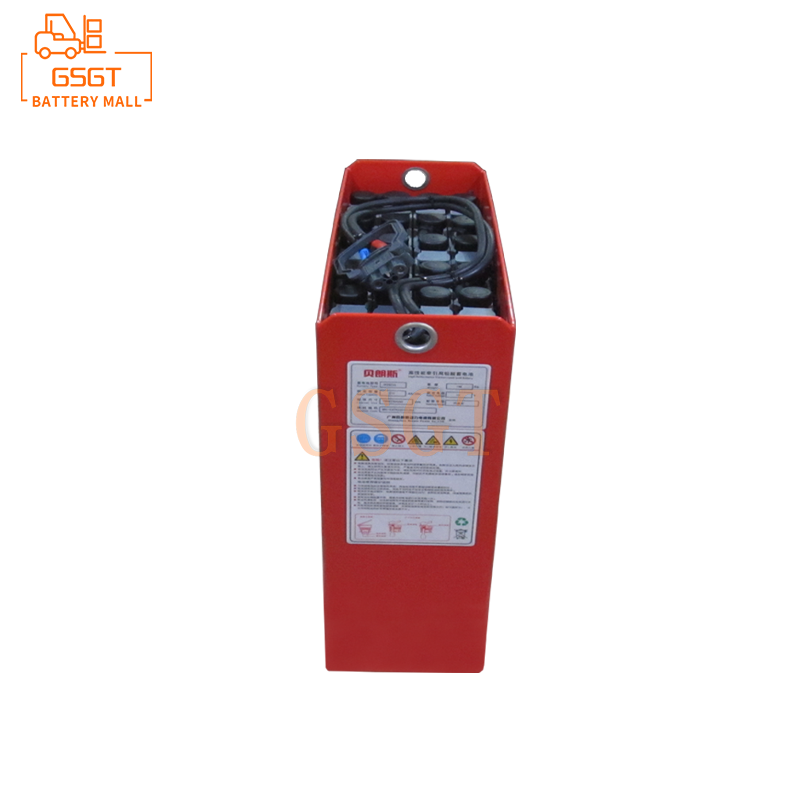Time:2025-03-11 09:43:18
Browse:228
In the field of energy storage, lead-acid batteries, with their advantages of low cost and mature technology, are widely used in automotive start-up, backup power supply and other scenarios. However, the problem of the substantial decline in the performance of lead-acid batteries in low temperature environments has always been a pain point in the industry, which has seriously limited its application in cold areas and scenarios with strict requirements for low temperature performance. How to break through this dilemma has become the direction of exploration for many enterprises and researchers.
The negative effects of low temperature on the performance of lead-acid batteries are manifold. When the ambient temperature decreases, the viscosity of the electrolyte increases, the ion migration is blocked, and the electrochemical reaction speed slows down. This directly leads to a significant increase in the internal resistance of the battery, and a sharp decline in battery capacity, for example, at -20 ° C, the capacity of some lead-acid batteries may drop to 50% or even lower than normal temperature. At the same time, the charging acceptance of the battery at low temperature becomes worse, the charging time is greatly extended, and it is difficult to fill, which affects the normal operation time of the device. From the microscopic level, low temperature will change the crystalline form of lead sulfate on the electrode surface, aggravate the vulcanization phenomenon, and shorten the service life of the battery.
In order to improve the low-temperature performance of lead-acid batteries, many enterprises actively explore innovation. In terms of material optimization, some enterprises have developed new lead alloy plate materials, by adding specific trace elements, such as calcium, tin, silver, etc., to change the alloy structure, improve the electrode conductivity and corrosion resistance, reduce the internal resistance of the battery, and improve the charge and discharge performance at low temperatures. There are also enterprises to improve the electrolyte, adding additives to the traditional sulfuric acid electrolyte, such as ethylene glycol, glycerol and other organic solvents, to reduce the freezing point of the electrolyte and improve the ionic conductivity at low temperatures. For example, a brand uses an electrolyte with ethylene glycol. At -15 ° C, the battery capacity retention rate is 20% higher than that without the addition.
Process improvement is also a key path to improve low temperature performance. Some enterprises optimize the plate manufacturing process, by controlling the plate thickness, porosity and active substance distribution, increase the contact area between the plate and the electrolyte, and promote electrochemical reactions. For example, the use of ultra-thin plate design, with high porosity active material coating, makes the battery more responsive at low temperatures, reducing the internal resistance by about 15%. In the battery assembly process, the pressure control of the pole group assembly is improved to ensure that the electrode and the electrolyte are in close contact, reduce the contact resistance, and improve the electron transmission efficiency at low temperatures.
In addition, the intelligent thermal management system has become a powerful auxiliary means to optimize the low temperature performance of lead-acid batteries. Some high-end products are equipped with intelligent temperature control devices, when the ambient temperature is detected to be too low, automatically start the heating element, moderate heating of the battery, so that the battery temperature is maintained in the appropriate working range. This thermal management system can not only improve low temperature performance, but also avoid overheating damage caused by excessive heating, and achieve precise temperature control. For example, after the intelligent thermal management system is introduced into the lead-acid battery pack in the backup power system of a data center, the charging and discharging performance of the battery is stable in the low temperature environment in winter, ensuring the continuous and reliable operation of the data center.
The optimization scheme of low temperature performance of lead-acid battery is a comprehensive subject involving materials, technology, thermal management and other fields. With the continuous innovation of technology, these optimization solutions will gradually overcome the problem of low temperature, expand the application boundary of lead-acid batteries, provide reliable support for more scenarios that rely on stable energy storage, and meet the growing diversified energy demand while promoting the development of the industry.

$2240

$3405

$675

$1105

MESSAGE
Professional And Efficient
Security
Affordable Price
Professional Services